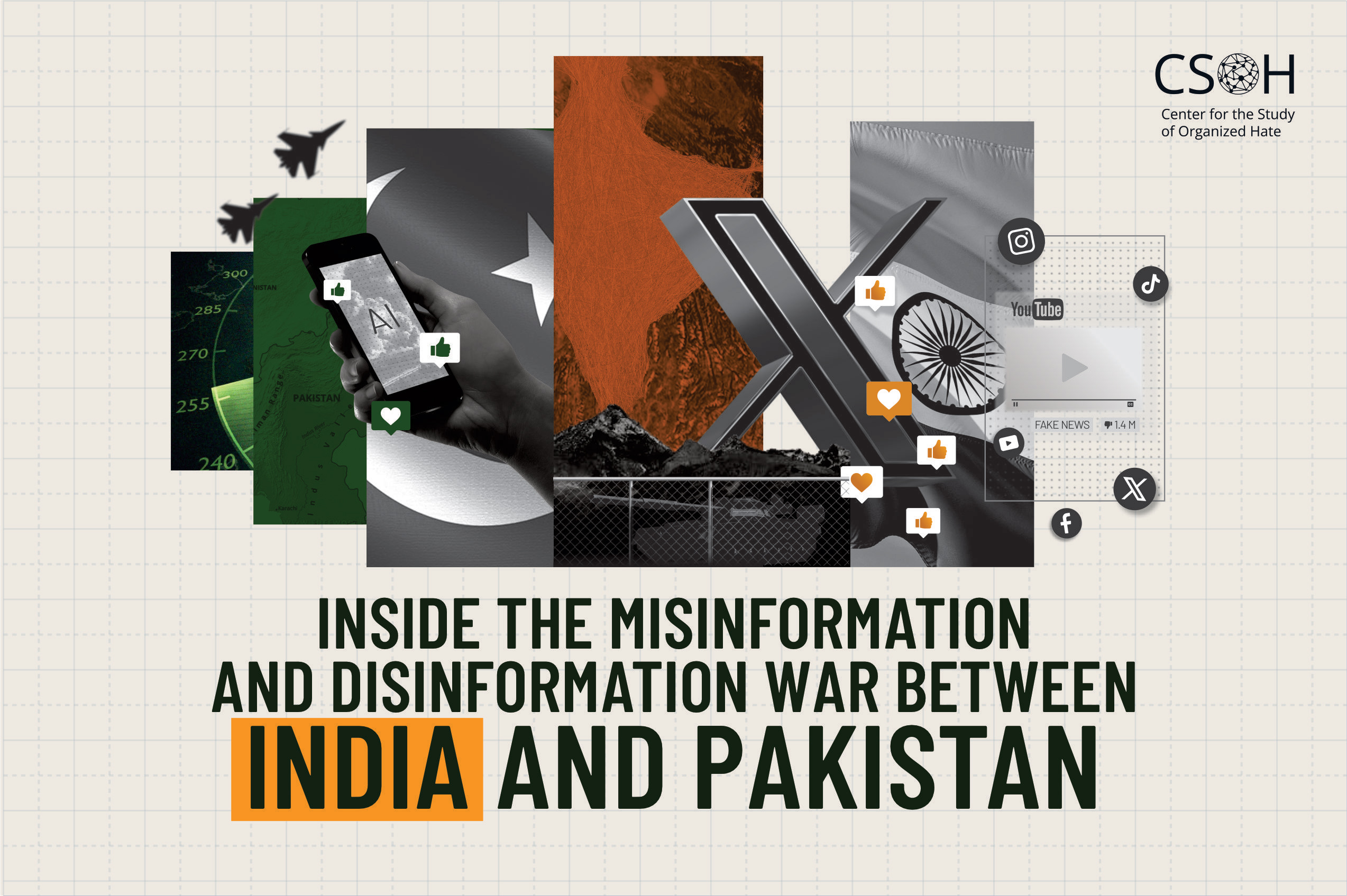Introduction
On April 22, 2025, four gunmen attacked tourists in Pahalgam, Jammu and Kashmir (J&K), killing 25 Indians and one local resident in one of the region’s deadliest terror attacks in recent years. India accused Pakistan of orchestrating the attack, a claim that Pakistan denied, escalating tensions between the two countries.
On May 7, India launched “Operation Sindoor,” conducting missile strikes across multiple locations across Pakistan. The strikes resulted in at least 26 deaths, including women and children, according to Pakistan’s military spokesperson. The Indian government claimed it had targeted nine sites “hitting terrorist infrastructure.” Pakistan retaliated with cross-border strikes, claiming to have shot down Indian fighter jets, though the numbers remain disputed. Over nearly 100 hours, intense military hostilities, including shelling along the Line of Control (LoC) in J&K, claimed numerous lives. The death toll from the strikes remains contested, with Pakistan reporting around 30 fatalities, while India reported 16 deaths in Jammu region.
Parallel to the military conflict, a surge of misinformation and disinformation proliferated online that shaped public perception and heightened tensions between both the countries. False reports of military victories, doctored videos purporting to show successful airstrikes, fabricated images of destroyed infrastructure, and unfounded rumors about the deaths or arrests of high-profile military and political figures proliferated across social media platforms, including X (formerly Twitter), Facebook, Instagram, and YouTube.
The Indian government’s Press Information Bureau (PIB) claimed to have countered at least seven major instances of misinformation, including altered images, recycled footage, and false attributions. Fact-checking agencies and independent researchers observed that disinformation exploited emotionally charged content in order to drive engagement, escalate nationalist sentiment and manufacture support for an all out war. Analysis by the Indian news outlet The News Minute, in collaboration with Alt News fact-checker Mohammed Zubair, highlights that disinformation was strategically timed to intensify tensions, legitimize retaliatory military actions, and compel both governments to adopt increasingly belligerent stances. The online disinformation ecosystem fed into real-world escalation, shaping public opinion and diplomatic narratives.
The weaponization of misinformation and disinformation during this conflict is not an isolated phenomenon, but part of a broader global trend in hybrid warfare. A 2022 report by the Organization for Security and Co-operation in Europe (OSCE) Parliamentary Assembly highlighted similar tactics during the Russia-Ukraine conflict, where state and non-state actors systematically deployed propaganda and misinformation to polarize audiences, justify military operations, and manipulate international perceptions. The India-Pakistan conflict of May 2025 highlights the evolving role of digital platforms as battlegrounds for narrative control, where emotionally charged content is leveraged to drive engagement, escalate tensions, and shape strategic outcomes. This report offers a comprehensive analysis of the misinformation and disinformation trends that emerged after the conflict between India and Pakistan began on May 7.
Key Findings
- Coordinated misinformation and disinformation campaigns were evident on both sides, with Indian pro-government influencers openly framing it as “electronic warfare.”
- Indian mainstream media outlets played a significant role in amplifying false claims, with major channels broadcasting unverified information as “breaking news,” lending credibility to fabricated stories.
- Video game footage was weaponized as “evidence” of military victories, particularly in the context of airstrikes and military engagements. Footage from pre-existing games were edited with text overlays, patriotic soundtracks, and strategic commentary to create battlefield narratives that generated millions of views.
- A large portion of misinformation came from old or unrelated visuals, such as recycled footage from unrelated conflicts or incidents. These were re-contextualized to suggest ongoing military actions.
- AI generated content represented a significant evolution in misinformation tactics. Fabricated stories about Pakistani military figures supported by AI-generated visuals were widely circulated in India. Similarly, AI-generated videos and images falsely depicted Indian military losses and humiliations.
- Social media platforms served as primary vectors for cross-border information warfare. Platforms including X, Facebook, Instagram, and YouTube played a crucial role in spreading this content. Despite efforts by fact-checking organizations, a significant amount of misleading content went unchecked, amplifying its reach and impact.
- X emerged as the primary hub for both misinformation and disinformation. Of the 437 posts we examined, 179 originated from verified accounts and only 73 were flagged with Community Notes.
Download the full report via the link above.
